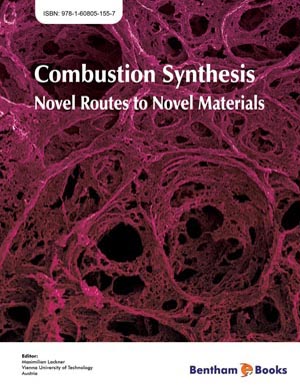Abstract
SHS investigation development is considered from the geographical and historical viewpoint. 3 stages are described. Within Stage 1 the work was carried out in the Department of the Institute of Chemical Physics in Chernogolovka where the scientific discovery had been made. At Stage 2 the interest to SHS arose in different cities and towns of the former USSR. Within Stage 3 SHS entered the international scene. Now SHS processes and products are being studied in more than 50 countries.
Abstract
Nanoparticles of iron oxide and ferrites are being currently explored for their diverse range of applications such as magnetic storage media, environment protection, sensors, catalysis, clinical diagnosis and treatment etc. The attention which is being focused on their synthesis and characterization is well-deserved as they have the capability to exhibit certain superior properties as compared to bulk. In the pursuit to prepare nanoparticles of iron oxide and ferrites, a variety of synthesis routes like precursor, precipitation, sol-gel, hydrothermal, combustion, solvent evaporation etc. have been reported. However, most of these methods are associated with some limitations.
In order to overcome the limitations of the existing methods, we have developed a technically simple but cost effective chemical synthetic route for the preparation of single phase α-Fe2O3 and Ni(1-x)ZnxFe2O4 nanopowders. In this method, precursor powders were synthesized by reacting aqueous solutions of metal nitrates with EDTA (ethylene dimmine tetraacetic acid). Pure α-Fe2O3 and Ni(1-x)ZnxFe2O4 nanopowders were obtained by calcining the precursor powders at different temperatures ranging from 250 to 450°C in air. Precursors and calcined powders were characterized by using TG (thermogravimetric) - DSC (Differential Scanning Calorimetry) analysis, XRD (X-Ray Diffraction), TEM (Transmission Electron Microscopy) and SEM (Scanning Electron Microscopy). DC electrical resistivity of the samples was measured from room-temperature to 225°C. Room temperature magnetization measurement was performed by using VSM (Vibrating Sample Magnetometer).
Recommended Chapters
We recommend

Authors:Bentham Science Books


 Download PDF Flyer
Download PDF Flyer



